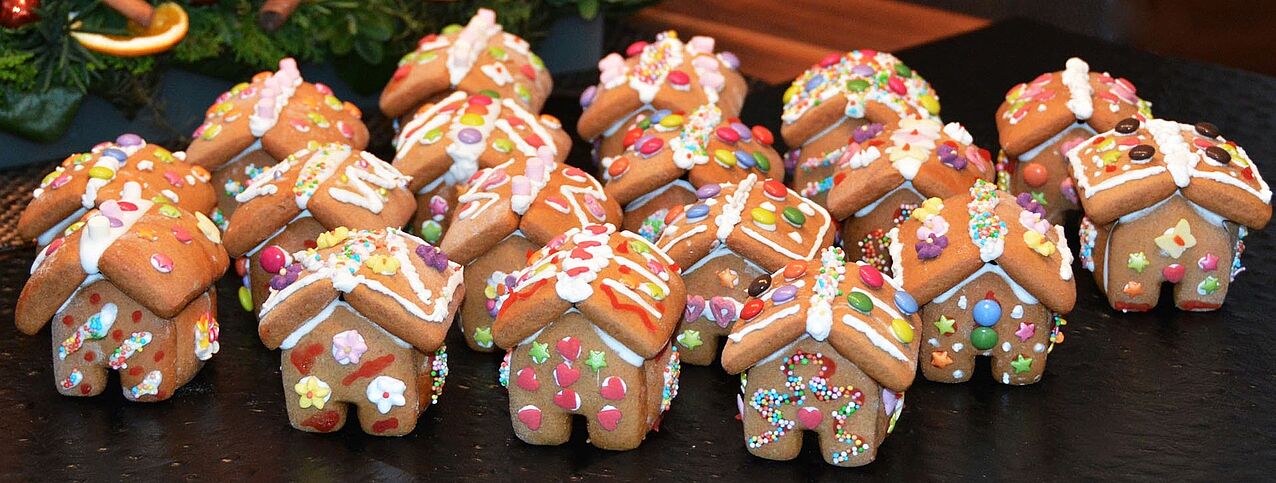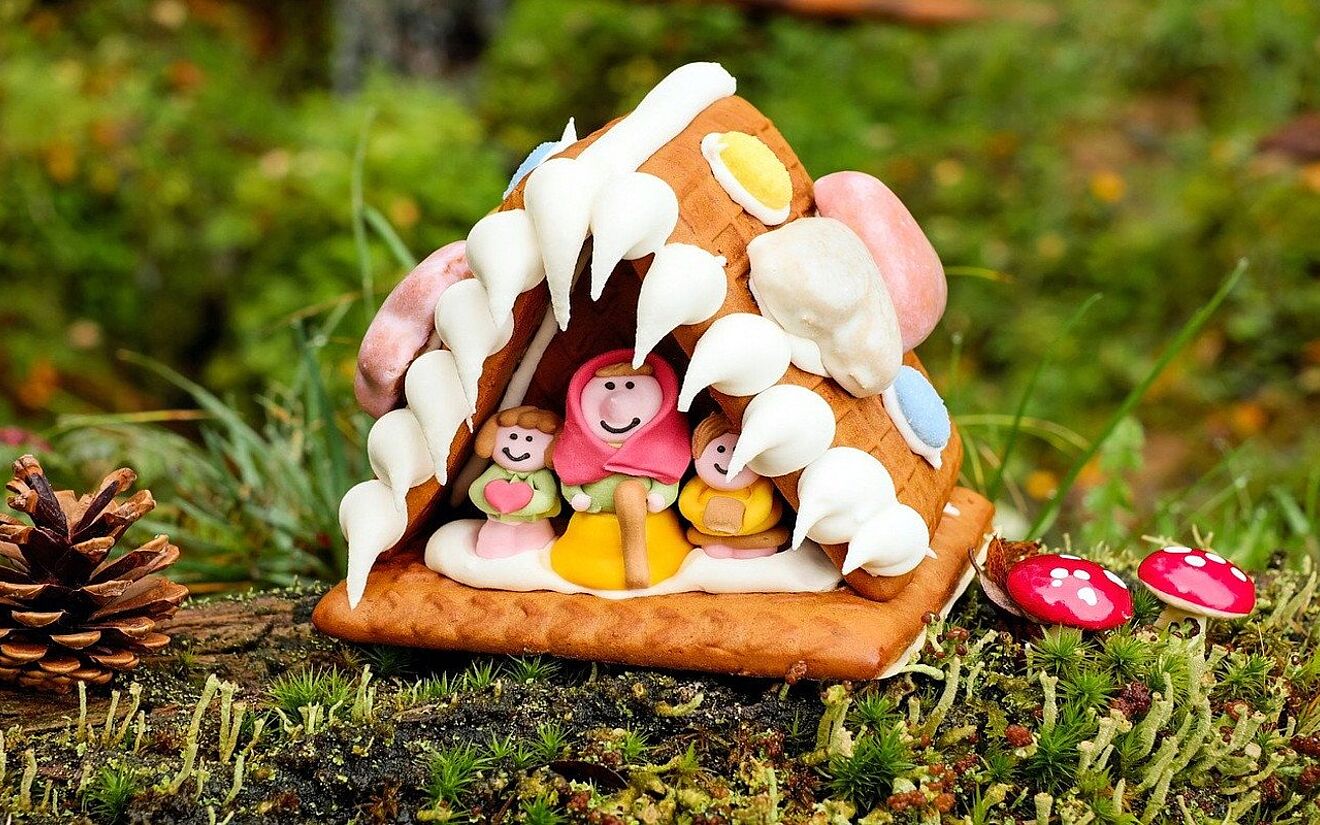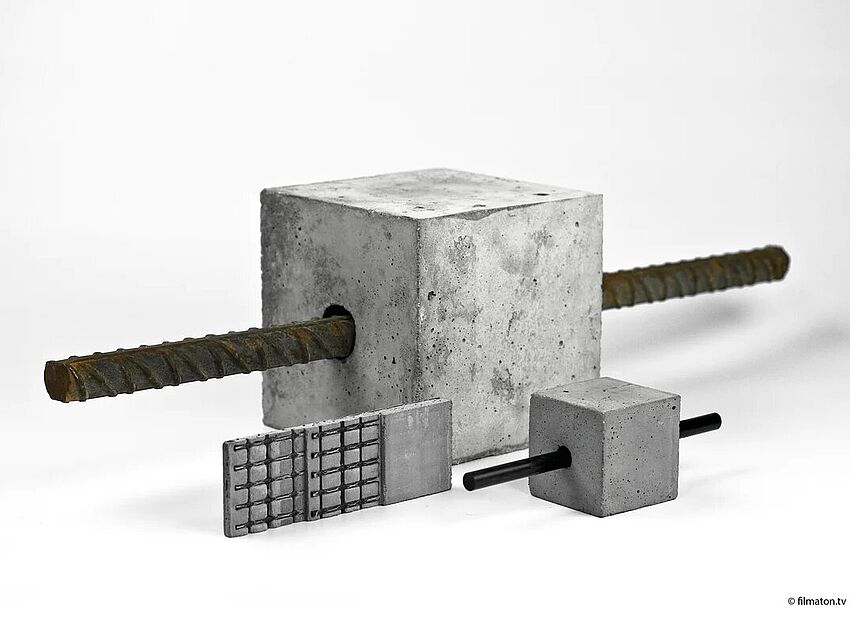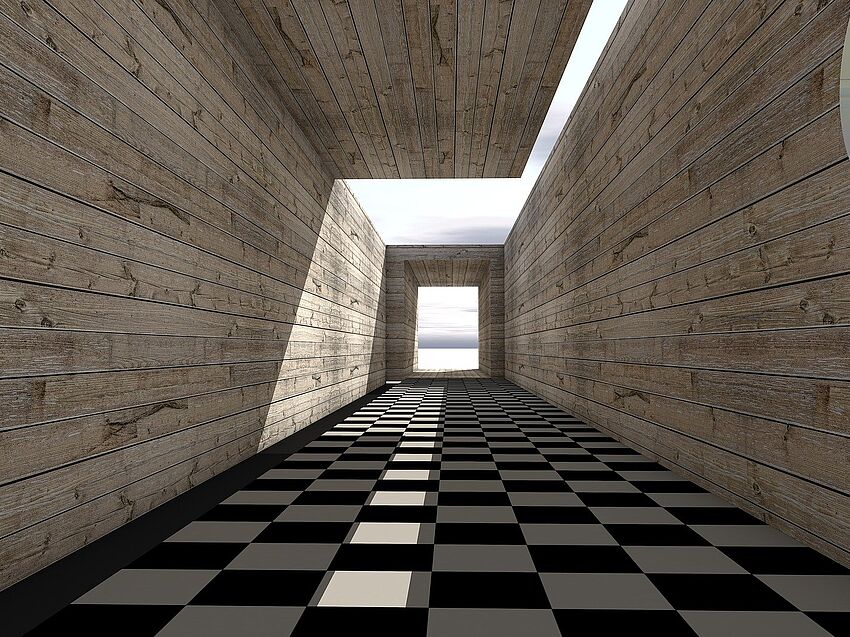The 20 most expensive buildings in the world: from super mosques to luxury casinos
Ecologically sustainable construction is one of the most important trends of our time. Energy use is becoming an increasingly important factor. These days, should one build a zero-energy house, a plus energy house, or perhaps a gingerbread house? Compared with the other two, the latter is impressive not so much because of its energy consumption, but rather because it is up to 100 per cent biodegradable and therefore the house itself can largely be transformed into energy. We take a critical look at this Christmas construction style and provide the specifications for one variant of a real gingerbread house.
"Who could be the lord of this little house?": Gingerbread house construction, then and now
What might seem to be a modern, ecologically friendly design is actually more than two hundred years old. In historical documents, the gingerbread house was first mentioned in 1812 by the Brothers Grimm. According to their texts, the builder, resident, and presumably also the architect of this prototype was a certain (evil) witch. Her choice to use gingerbread (which in those days had not yet been widely tested as a building material) to build her house quickly proved to be problematic, since the structure was seriously damaged when children starting eating it. Not least because this type of pest could only be dealt with through deeply inhumane and illegal means – the witch made preparations to simply eat the children – gingerbread house construction completely disappeared from the woods.
Now, however, at Christmastime, this dough construction method is making a comeback. Since the practicality of a living structure constructed from gingerbread remains highly controversial, even without considering the incident with the children, or the fact that the construction material becomes brittle upon extended exposure to the sun, or that rainwater dissolves its facade of sugar frosting, experts recommend limiting projects to "small experiments" in model format. This makes it so that the material can be quickly used to supply one's own energy budget. Here is a construction specification for such a small-format gingerbread house:
Project description:
1. Construction materials
- 250 g (1 cup) sugar
- 80 g (1/3 cup) water
- 750 g (2 1/4 cups) honey
- 1 large egg
- 60 g (1/4 cup) egg yolk
- 30 g (4 Tbsp.) cinnamon
- 20 g (2 1/2 tsp.) vanilla sugar
- 8 g (3 3/4 tsp.) cloves (ground)
- 8 g (4 tsp.) cardamom (ground)
- 4 g (1 3/4 tsp.) nutmeg (ground)
- Zest of 1 lemon
- 600 g (6 cups) rye flour
- 600 g (5 cups) wheat flour
- 12 g (1 1/2 tsp.) baker's ammonia (ammonium carbonate, also known as hartshorn)
- 5 g (1/2 tsp.) potash (potassium carbonate, also known as pearlash)
- 100 g (1/2 cup) milk
2. Construction site setup
A kitchen wouldn't be bad. Otherwise, any space protected from wind and rain with: Oven + electrical outlets, stovetop, pot, mixing bowl, manual/electric mixer(s), cutting board, cutting utensil (recommended: Kitchen knife, pizza knife – Flex saws or hand-held circular saws are not recommended) or cookie cutters, refrigerator (or cool room), rolling pin, something to cover dough with (kitchen towel, plastic wrap, etc.), baking sheet, parchment paper, pastry brush.
3. Shell construction
Bring the sugar and water to a boil and stir in the honey. Allow the mixture to cool to 30 degrees (C) / 85 degrees (F). Whip the egg, egg yolk, and all spices together (12 g / 0.5 oz ready-made gingerbread spices will also work). Work this and the honey mixture into the flour and knead well. Dissolve the potash into half of the milk, and the baker's ammonia into the other half of the milk, and work these mixtures into the dough separately. Tightly cover the dough and allow to chill overnight.
Roll the dough about 1/4-inch thick and cut the dough with cookie cutters or by freehand to make the parts for the gingerbread house. Lay the cut dough pieces on a the baking sheet (covered with parchment paper) and brush over with milk. If desired, decorate with nuts. Bake at 160 degrees (C) / 320 degrees (F) for about 15 minutes.
4. Facade design
Sugar frosting, sugar sprinkles, colorful sugar decorations ...
5. Construction time planning
Tightly cover the dough and allow to chill overnight.
6. Total construction time
Roughly 8.75 - 24 hr (depending of time of day of construction begin, see also 5.)
Good luck and enjoy!





